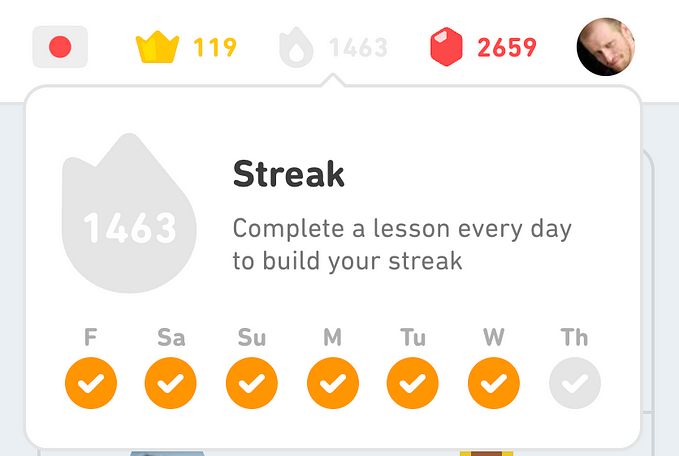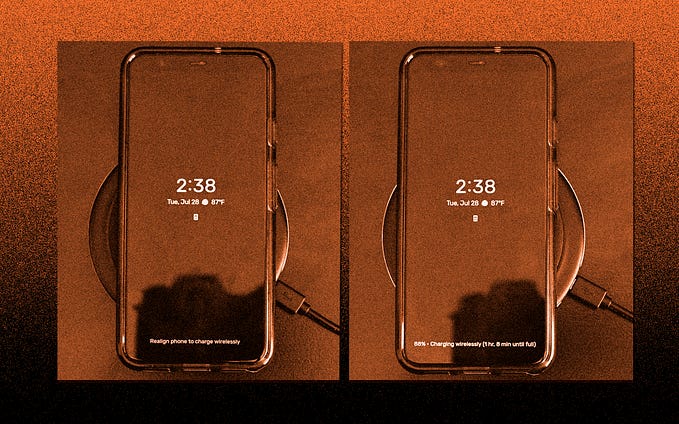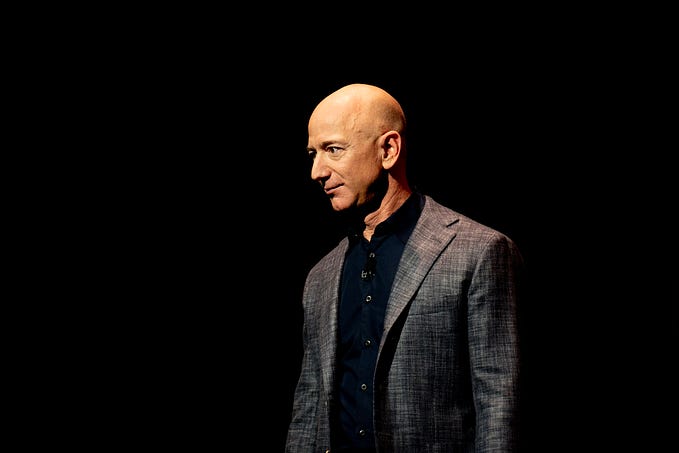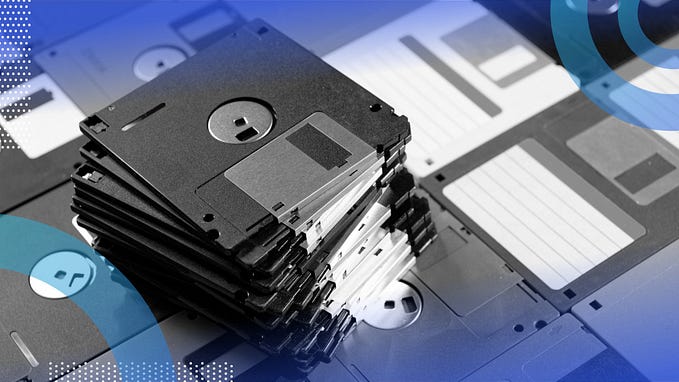Member-only story
Google Is Finally Copying Apple’s Approach to Privacy
New features will help keep your data on your device

 Few companies are as enthusiastic about analyzing your data as Google. Yet the data giant also wants you to know it cares about your privacy. How can it reconcile these contradictory stances? By taking a page out of Apple’s playbook.
Few companies are as enthusiastic about analyzing your data as Google. Yet the data giant also wants you to know it cares about your privacy. How can it reconcile these contradictory stances? By taking a page out of Apple’s playbook.
If you were watching Google’s I/O keynote this week, you heard one phrase repeated over and over: “on your device.” This easily overlooked phrase marks a subtle but important shift in philosophy for a company that’s spent years collecting massive troves of user data. Instead of sending every bit of information about you to a far-off server farm, Google is following Apple’s example of analyzing data on your phone, supposedly without ever sharing it with the company.
This comes at a time when the search giant is trying to change its image as an invasive, rather than helpful, steward of your data. In an editorial for the New York Times — published the same day I/O kicked off — Google CEO Sundar Pichai said that “privacy cannot be a luxury good.” An apparent snipe at Apple, even as his company uses some of the same models and features for protecting your privacy that Apple employs.
That’s not to say that Google will stop gobbling up your personal data altogether…







